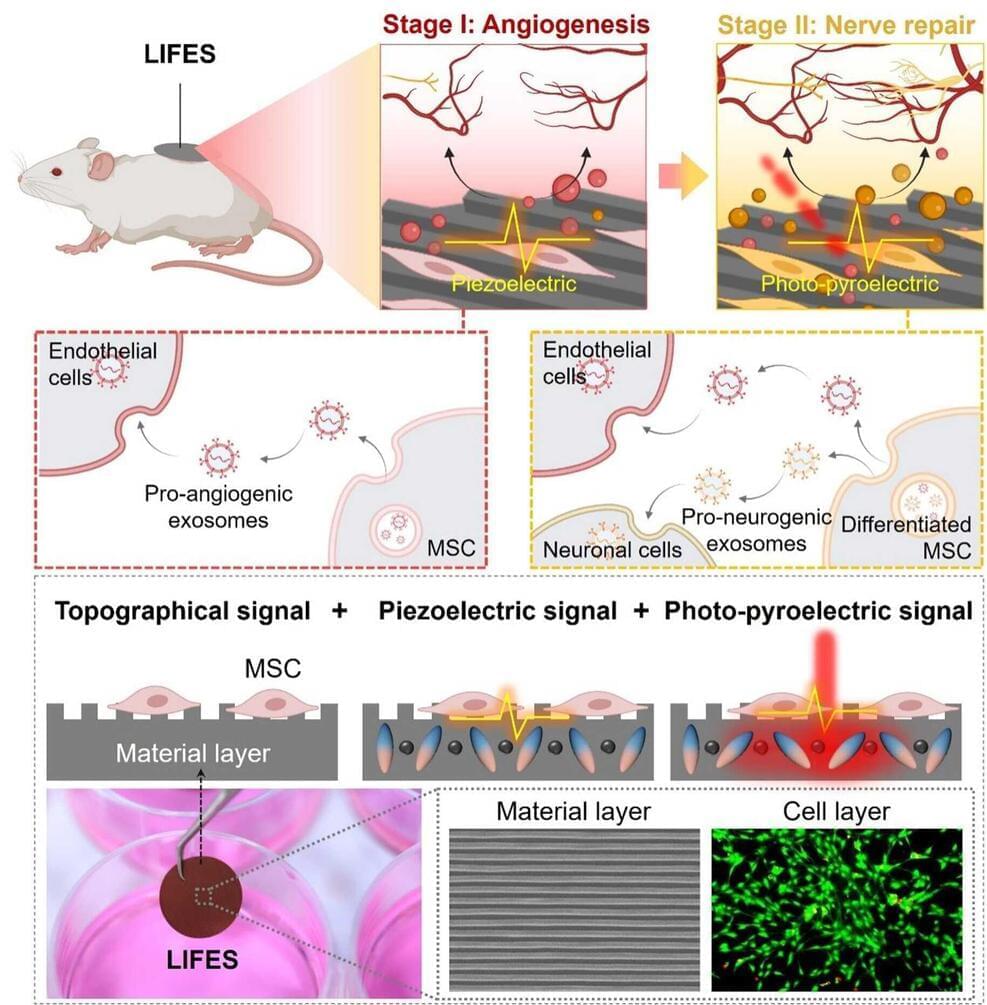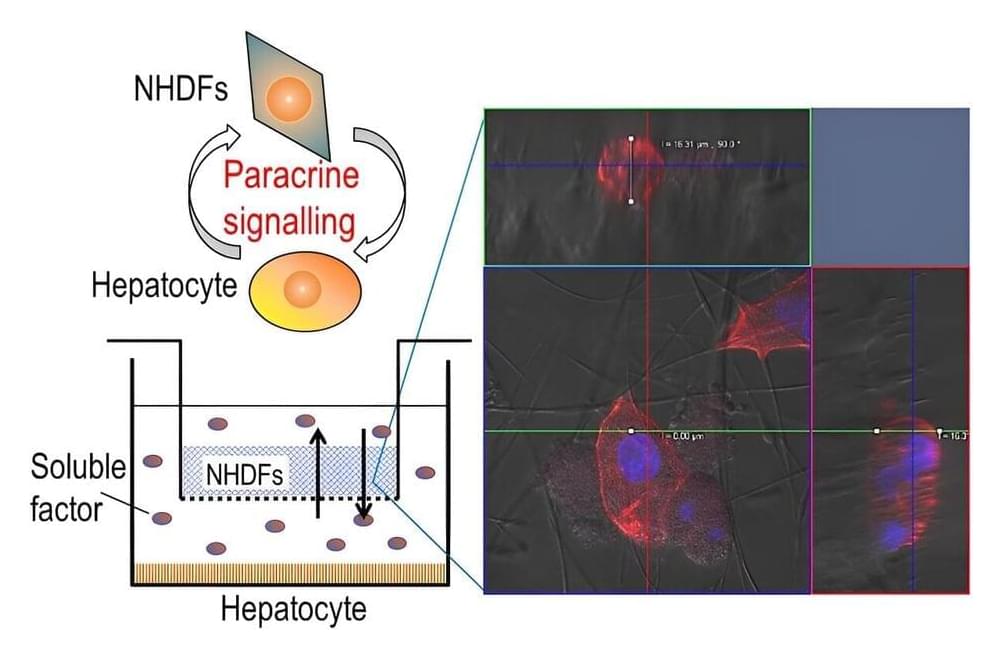Life extension technologies: Gene editing, Senolytics & more. Unlocking human longevity secrets.




Influenza, commonly known as the flu, is an infectious disease caused by fever, runny nose, sore throat, muscle pain, headache, coughing, and fatigue. These symptoms begin one to four (typically two) days after exposure to the virus and last for about two to eight days. Diarrhea and vomiting can occur, particularly in children. may progress to pneumonia from the virus or a subsequent bacterial infection. Other complications include acute respiratory distress syndrome, meningitis, encephalitis, and worsening of pre-existing health problems such as asthma and cardiovascular disease.
There are four types of virus: types A, B, C, and D. Aquatic birds are the primary source of epidemics, and C virus causes a mild infection, primarily in children. D virus can infect humans but is not known to cause illness. In humans, viruses are primarily transmitted through respiratory droplets from coughing and sneezing. Transmission through aerosols and surfaces contaminated by the virus also occur.
Frequent hand washing and covering one’s mouth and nose when coughing and sneezing reduce transmission, as does wearing a mask. Annual vaccination can help to provide protection against viruses, particularly A virus, evolve quickly, so flu vaccines are updated regularly to match which strains are in circulation. Vaccines provide protection against A virus subtypes H1N1 and H3N2 and one or two B virus subtypes. infection is diagnosed with laboratory methods such as antibody or antigen tests and a polymerase chain reaction (PCR) to identify viral nucleic acid. The disease can be treated with supportive measures and, in severe cases, with antiviral drugs such as oseltamivir. In healthy individuals, is typically self-limiting and rarely fatal, but it can be deadly in high-risk groups.

Background: The simplified Pulmonary Embolism Severity Index (sPESI) has limitations when evaluating acute pulmonary embolism (PE) in patients with concurrent malignancy. Despite its utility in predicting outcomes among cancer patients, the role of the Eastern Cooperative Oncology Group Performance Status (ECOG PS) in acute PE remains underexplored. This study aims to assess the prognostic significance of ECOG PS ≥ 3 on short-and long-term mortality in acute PE with malignancy, correlating it with the sPESI.
Methods and results: We retrospectively analyzed 44 hemodynamically stable acute PE patients with unresectable or metastatic malignancies ineligible for curative treatment at Kameda Medical Center, a tertiary medical facility in Japan, from April 1, 2019, to March 2, 2023. Of these patients, 16 (36.4%) had ECOG PS ≥ 3.

Recent breakthroughs in genetics research may have uncovered new genes underlying common psychiatric disorders. Schizophrenia and bipolar disorder affect more than 64 million people around the world. These disorders are strongly influenced by genetics. No one gene, however, determines one’s risk of developing schizophrenia or bipolar disorder. Rather, it is likely that a host of genes contribute to risk. Using artificial intelligence, researchers at Stanford University now have uncovered complex variants throughout the human genome that may contribute to these psychiatric disorders. This new study suggests that mutations that occur after fertilization, such as genetic mosaicism, may be responsible for a number of psychiatric disorders including bipolar disorder and schizophrenia.
Think of a genome as a living book with instructions for every cell in the body. Our genes are the chapters. We have approximately 200,000 genes that provide instructions for making proteins, the building blocks of life. The vast majority of our genes, however, are non-coding, meaning that they do not provide instructions for proteins. Nonetheless, these genes play an important role in genetics and regulating cell function.
Genetic variants, or spelling changes, in either a coding or non-coding region can interfere with how the cell translates specific instructions. A small typo may have little to no effect on how the book is read. However, larger spelling changes can lead to the deletion of a sentence or even a whole chapter. Without the correct instructions to produce specific proteins, these spelling changes can contribute to disorders that impact different aspects of our body.
Join us on Patreon! https://www.patreon.com/MichaelLustgartenPhD
Discount Links/Affiliates:
Blood testing (where I get my labs): https://www.ultalabtests.com/partners/michaellustgarten.
Clearly Filtered Water Filter: https://get.aspr.app/SHoPY
At-Home Metabolomics: https://www.iollo.com?ref=michael-lustgarten.
Use Code: CONQUERAGING At Checkout.
Epigenetic, Telomere Testing: https://trudiagnostic.com/?irclickid=U-s3Ii2r7xyIU-LSYLyQdQ6…M0&irgwc=1
Use Code: CONQUERAGING
NAD+ Quantification: https://www.jinfiniti.com/intracellular-nad-test/

1,271 likes, — artificialintelligencenews.in on November 22, 2024: According to former Google CEO Eric Schmidt, the tech industry anticipates that within the next five years, AI systems will be able to write and improve their code. This means AI will soon be capable of analyzing and enhancing its programming, setting off a recursive process that could dramatically accelerate development.
Schmidt suggests that by around 2030–2032, we might see a single AI system that can match 80–90% of the expertise of top specialists across various fields—whether that’s physics, chemistry, art, or more. Such a system would, in effect, be smarter than any human, as no one person can excel in all these disciplines at once. In short, Schmidt believes we are approaching a future where AI could possess intellectual versatility that surpasses any individual human’s abilities.

Researchers at Karolinska Institutet have found a molecule that can both help the intestines to heal after damage and suppress tumor growth in colorectal cancer. The discovery could lead to new treatments for inflammatory bowel disease (IBD) and cancer.
The results are published in the journal Nature in a paper titled “Liver X receptor unlinks intestinal regeneration and tumorigenesis.”
Many patients with inflammatory bowel disease (IBD) such as Crohn’s disease or ulcerative colitis do not respond to available treatments, highlighting the need to identify novel therapeutic strategies. In their study, researchers propose that promoting mucosal healing through tissue regeneration could be a valid alternative to immunosuppressive drugs.

A research team led by Dr. Du Xuemin from the Shenzhen Institutes of Advanced Technology (SIAT) of the Chinese Academy of Sciences has reported a living interface with unique functionalities of durable secretion of bioactive exosomes with tunable contents and miRNA cargoes, effectively promoting neurovascular remodeling.
The study was published in Matter on Nov. 21.
Neurovascular remodeling is crucial for restoring normal functions of regenerated tissues or engineered organs, which requires multi-target and phase-specific paracrine regulation. However, existing strategies still cannot mimic such dynamic and complicated paracrine regulation effects in the native physiological processes, hindering synergistic neurovascular remodeling.

Communication and coordination among different cells are fundamental aspects that regulate many functions in our body. This process, known as paracrine signaling, involves the release of signaling molecules by a cell into its extracellular matrix (ECM) or surroundings to communicate changes in its cellular processes or the local environment. These signaling molecules are then detected by neighboring cells, leading to various cellular responses.
For instance, during cell/tissue injury, the paracrine signaling process releases growth factors that signal nearby stem cells to assist in tissue repair in the form of scar tissue formation or blood clotting. Similar processes occur in the regulation of other vital functions, such as digestion, respiration, and reproduction. Additionally, paracrine signals influence the expression and activity of enzymes involved in drug metabolism and play a role in drug–drug interactions.
The signaling molecules, which may contain proteins and genetic material, are transported within tiny vesicles called exosomes. These vesicles serve as valuable biomarkers for various diseases and can even be engineered to carry drugs, making them a highly effective targeted drug delivery system. Notably, the hormone oxytocin and the neurotransmitter dopamine are paracrine messengers.